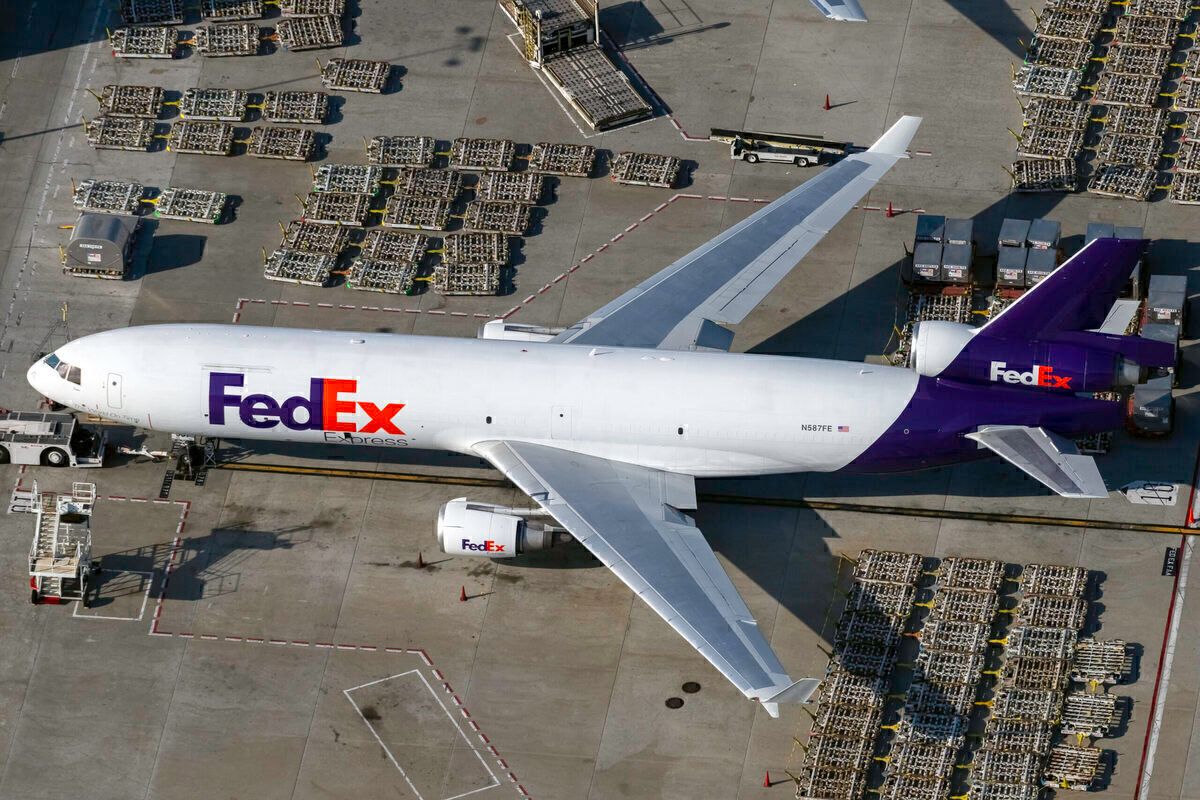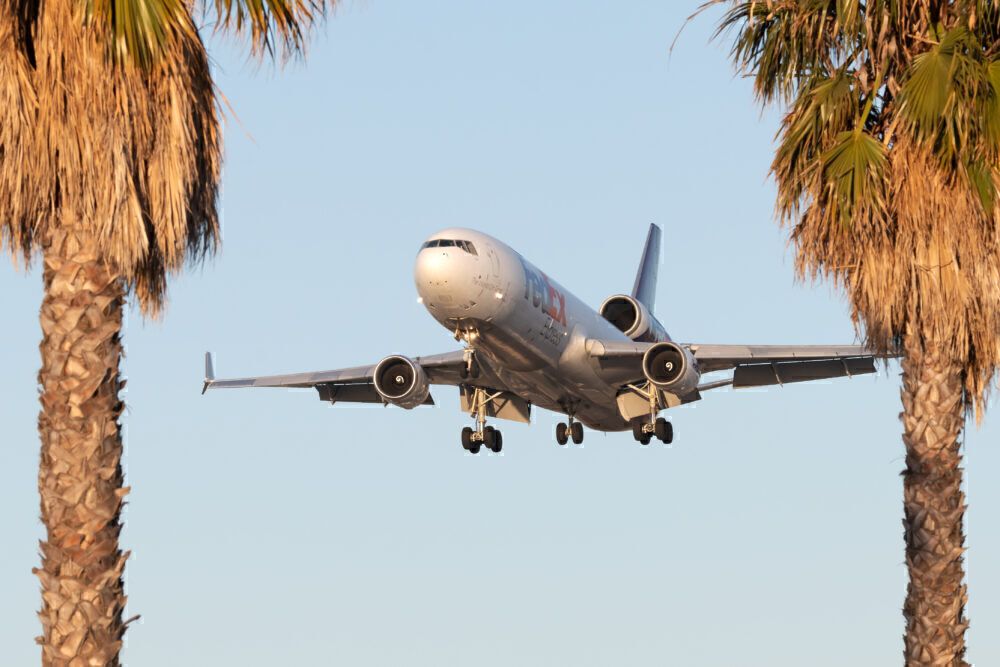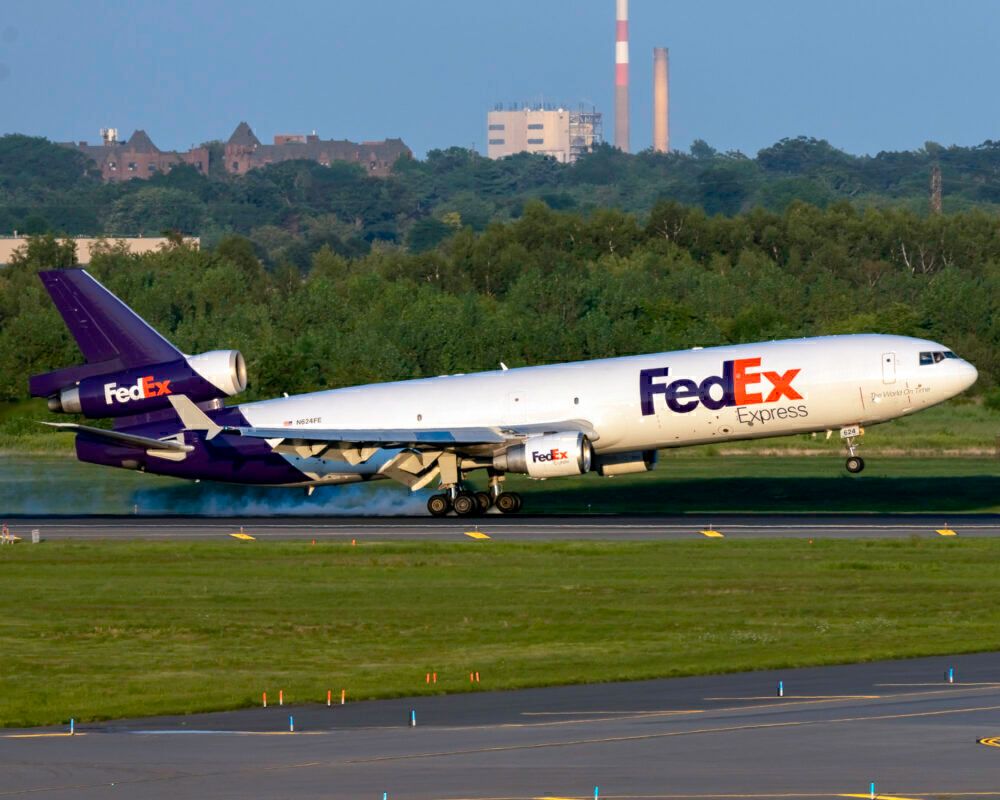In 2008, FedEx set a climate target of reducing aircraft emissions by 20% at the end of 2020. Unfortunately, COVID and the increase in demand for medical supply airfreight have caused a delay in the cargo giant's fleet renewal plans. As such, it has just fallen short of its 2020 goals. However, FedEx has made an even stronger commitment for its next climate deadline, aiming to go carbon-neutral by 2040.
If the pandemic has brought anything positive, it is that humans being forced to stay put has given the Earth some much-needed breathing space in terms of emissions. However, there are fears that it could backfire, with sustainability work taking a backseat as industries worldwide struggle to recover.
Meanwhile, airlines have been a positive example, doubling down on climate commitments, setting up ambitious targets, and investing in emission-mitigating technology.
Stay informed: Sign up for our daily and weekly aviation news digests.
Had to hold on to an aging part of the fleet
A couple of months ago, cargo giant FedEx announced its goal of achieving carbon-neutral operations globally by 2040. To reach this target, it committed $2 billion in initial investment in vehicle electrification, sustainable energy, and carbon capture. However, due to COVID and the cargo boom experienced due to reduced passenger aircraft belly capacity, the carrier missed its previous 2020 climate target.
In its yearly environmental, social, and governance (ESG) report to investors released earlier this week, FedEx said that it just fell short of its goal of reducing aircraft emissions by 20% compared to a 2005 baseline by 2020. The reason, the operator stated, was that it had to hold on to aging planes scheduled for retirement for longer than expected due to COVID.
Fleet modernization pushed forward
A large part of FedEx's sustainability efforts is its fleet modernization program. However, due to the huge demand for transport of medical supplies brought on by the pandemic, it had to keep 12 aircraft in service that had been slated for storage or retirement during 2020.
Meanwhile, it did go ahead and retire eight of its McDonnell Douglas MD-10s. FedEx also says its plans to retire its entire fleet of the remaining 16 MD-10s by the end of 2023 remains intact. The aircraft have an average age of over 40 years, with the oldest clocking in at close to 49.
FedEx also took delivery of 18 new aircraft during the year. Thirteen of these were Boeing 767Fs, and five were Boeing 777Fs. The operator also has standing orders for 13 more 777Fs, and as many as 35 767Fs, scheduled to arrive between 2021 and 2024, although it acknowledges the potential for delays because of the pandemic.
Vaccines to 25 countries
Furthermore, FedEx said, the pandemic had forced it to put several of its newer Fuel Sense projects on hold, prioritizing the safety of its team members. Access to sustainable aviation fuels had also been delayed.
In its report, FedEx said that between January 2020 and March 2021, it had shipped over 80 kilotons of personal protective equipment (PPE) globally. Over the past few months, it has also transported COVID-19 vaccines to more than 25 countries.



